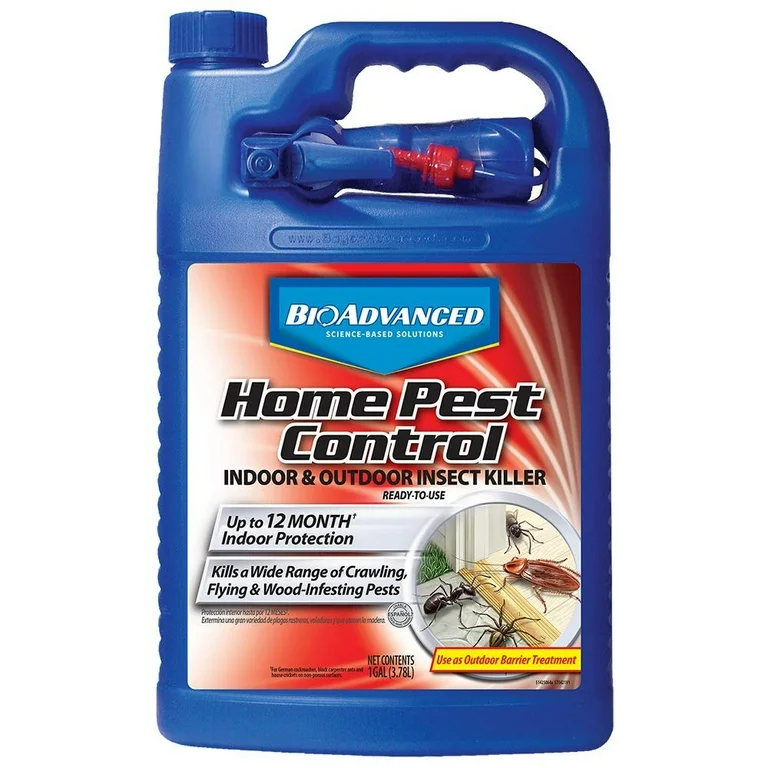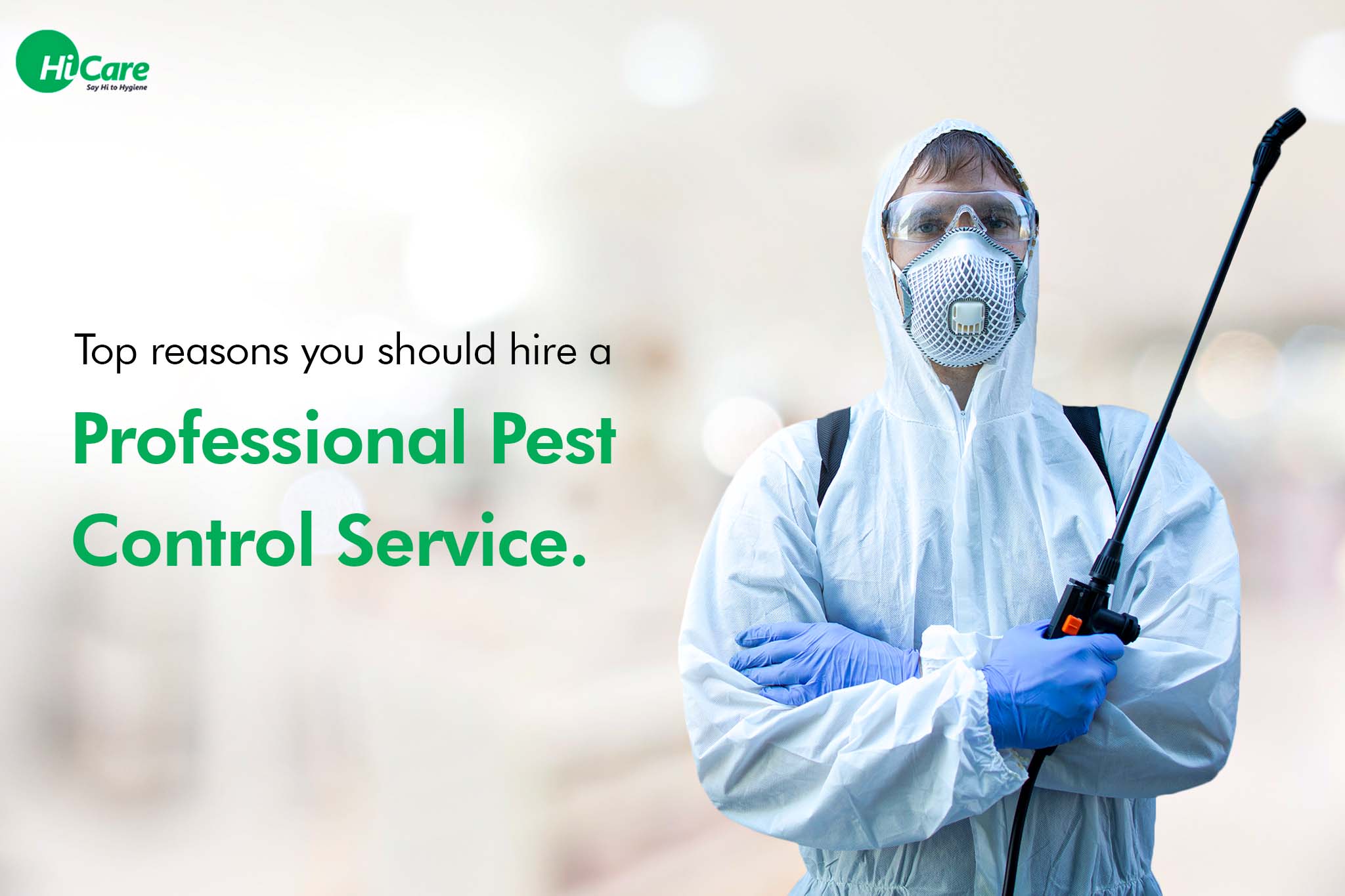Bed Insect Therapy Breakdown: Contrasting Chemical Vs. Non-Chemical Solutions
In the realm of insect control, especially when handling the relentless problem of bed pests, the option between chemical and non-chemical treatment solutions can be a crucial one. Both techniques provide distinctive benefits and disadvantages, influencing factors such as efficiency, safety factors to consider, and overall expense. By taking a look at the nuanced details of each technique, a clearer understanding of which course to go after in attending to a bed bug problem can be achieved.
Effectiveness of Chemical Therapies
Chemical treatments for bed insect invasions have actually been commonly identified for their quick and potent efficacy in eliminating these pests. When considering the effectiveness of chemical therapies, it is vital to understand that they can give a fast and thorough option to a bed bug trouble. Professional exterminators usually count on pesticides to target bed pests at various phases of their life process, including grownups, nymphs, and eggs. These chemicals commonly function by interfering with the bed pests' nerves, causing paralysis and eventual fatality.
Furthermore, chemical treatments have the advantage of using recurring results, implying that they can remain to eliminate bed pests even after the initial application. This residual action is especially valuable in combating any type of prospective re-infestations. Furthermore, the quick action of chemical treatments can bring alleviation to people encountering serious bed bug invasions, allowing them to restore control of their home quickly.
Security Interest In Chemical Solutions
One crucial aspect that needs mindful factor to consider when making use of chemical remedies for bed pest treatment is making sure the safety and security of passengers and the atmosphere. While chemical treatments can be efficient in eliminating bed insects, they may present risks otherwise taken care of effectively. One of the main safety and security worry about chemical solutions is the possible injury they can trigger to human health. Direct exposure to certain chemicals utilized in bed pest treatments can lead to respiratory system concerns, skin irritability, or other negative reactions, particularly in people with pre-existing problems or level of sensitivities. Additionally, improper application or dosage of chemical pesticides can cause hazardous residues remaining in the treated location, presenting long-lasting health and wellness threats to passengers.
Additionally, the ecological impact of chemical remedies is one more significant factor to consider. Some chemicals utilized in bed pest treatments might be damaging to advantageous pests, wild animals, and ecological communities if they leach right into the soil or water supply. It is vital to use chemical therapies deliberately, complying with safety guidelines, and considering much less toxic choices to reduce these dangers and ensure the effective and safe management of bed pest invasions.
Advantages of Non-Chemical Strategies
Considering the potential security concerns and environmental influence connected with chemical solutions for bed insect treatment, checking out non-chemical strategies provides an appealing choice with a number of distinctive advantages. Non-chemical therapies are environmentally friendly, as they do not add to air or water pollution, making them a sustainable choice for insect control.
Additionally, non-chemical options can be effective in targeting bed bugs, including hard-to-reach locations where chemical treatments might not pass through. Techniques such as heat therapy, vacuuming, steam cleansing, and cushion coverings give thorough obliteration without making use of unsafe chemicals. Furthermore, non-chemical approaches can be much less turbulent, requiring minimal preparation and permitting quicker reentry into dealt with locations. Overall, choosing non-chemical bed insect treatment methods not only focuses on safety and environmental management but also guarantees detailed and effective parasite control.
Limitations of Non-Chemical Treatments

Furthermore, non-chemical treatments often need numerous applications to achieve effective elimination. This can be lengthy and might not constantly assure complete removal of all bed pests and their eggs, especially in hard-to-reach or concealed places.
Furthermore, the success of non-chemical therapies heavily counts on proper implementation and thoroughness, which can be testing for individuals without expert experience. Poor application of non-chemical approaches may lead to insufficient removal, bring about consistent infestations and the need for extra therapies.
As a result, while non-chemical therapies have their benefits, it is vital to recognize these restrictions and consider them when establishing one of the most efficient technique for handling bed insect problems.
Price Comparison: Chemical Vs. Non-Chemical Options
Offered the restrictions connected with non-chemical therapies, a crucial element to examine in the context of bed pest monitoring is the expense comparison in between chemical and non-chemical options. In comparison, non-chemical therapies like heat treatment or heavy go to this website steam can be extra costly, with prices varying from $1,000 to $6,000 for a whole home. While the initial expense of chemical treatments may appear reduced, multiple therapies may be called for to fully eliminate the infestation, potentially raising the total cost.
Conclusion

Taking into consideration the prospective safety issues and environmental effect linked with chemical services for bed pest treatment, exploring non-chemical strategies provides an appealing option with numerous distinct benefits.Provided the restrictions linked with non-chemical therapies, an important aspect to evaluate in the context of bed pest management is the cost contrast between chemical and non-chemical alternatives. In comparison, non-chemical treatments like warmth treatment or steam can be extra costly, with prices ranging from $1,000 to $6,000 for an entire home. While the first expense of chemical therapies may appear lower, several therapies may be required to totally remove the problem, possibly increasing the general cost.In verdict, when comparing chemical and non-chemical bed bug therapy options, it is vital to think about efficiency, safety, advantages, constraints, and price.